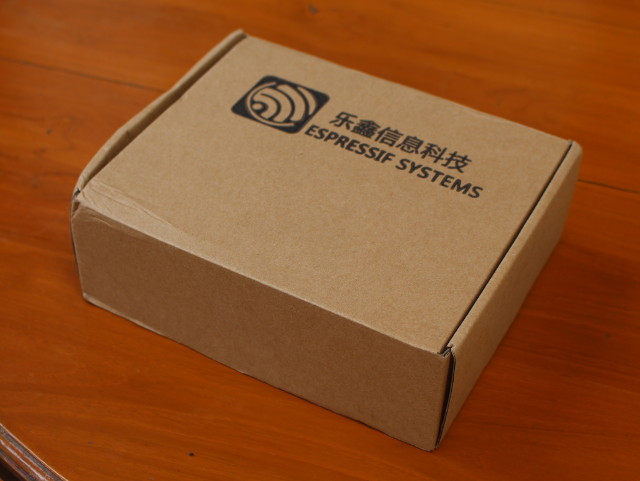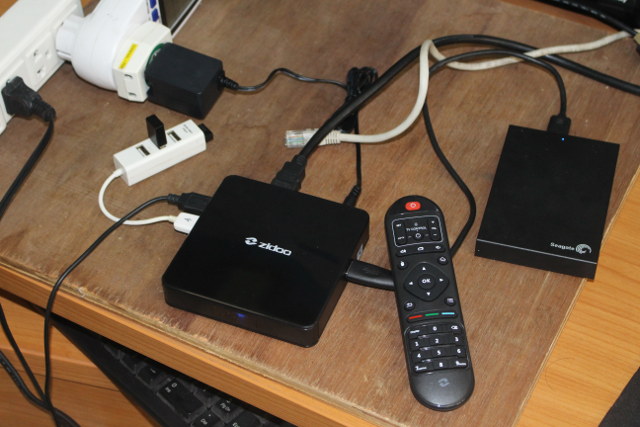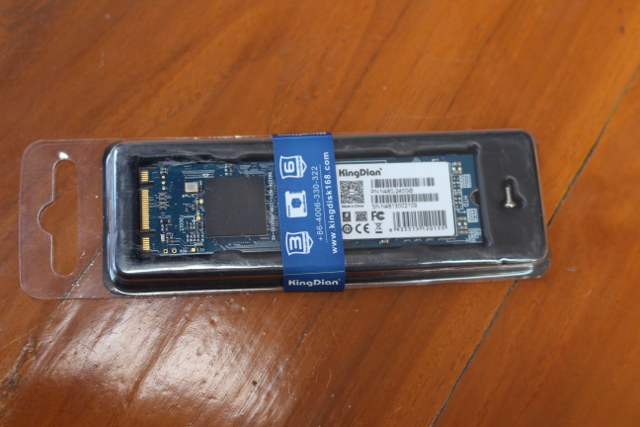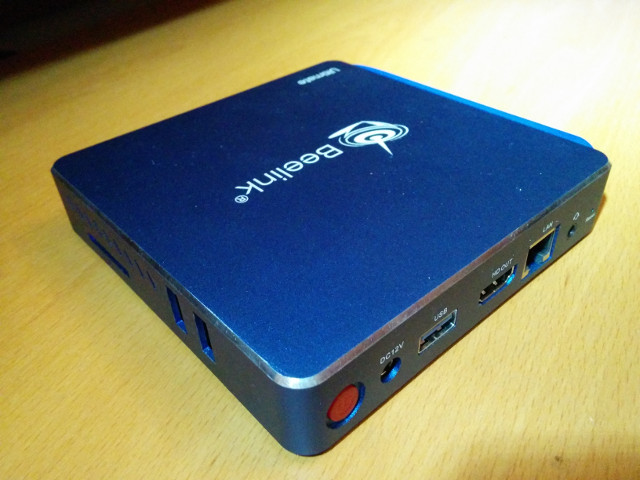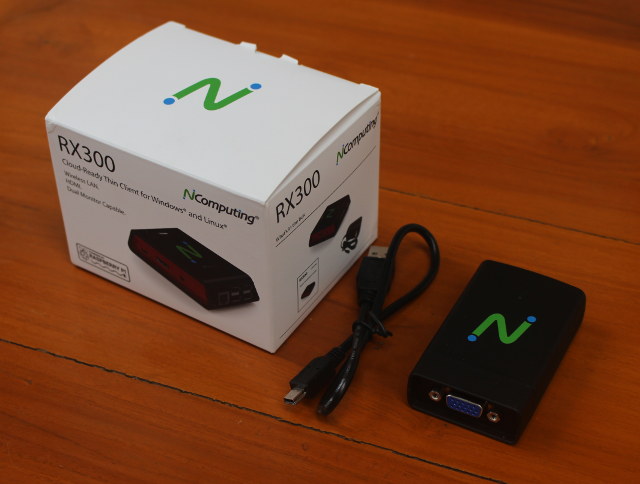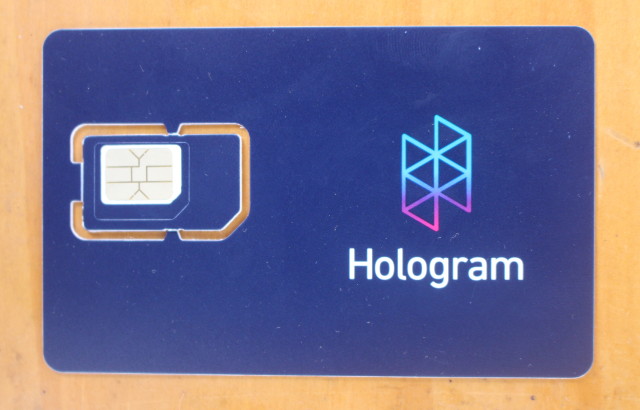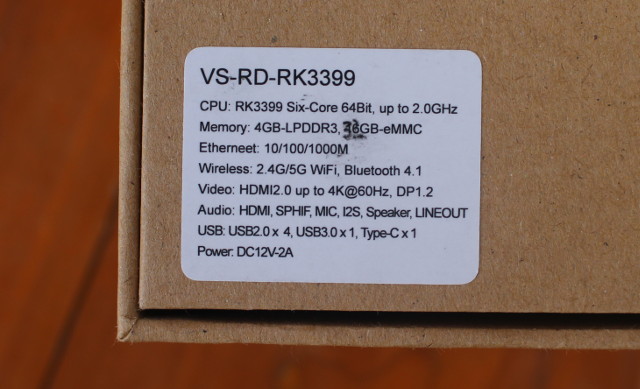Karl here with final part of Tevo Tarantula dual extruder 3D printer review. The kit that was sent by Gearbest has a large bed, auto leveling, dual extrusion, and flex extruder of which I only found the flex extruder appealing to me. I have had this printer for a while now. It was relatively easy to setup, but near the end of the build it did not cover every aspect. There are lots of videos and a big Facebook group if you run into any troubles. Overall it is a good printer, but some of the features I initially thought I would like turned out to not be very useful. Auto leveling I tried my hardest to get this to work even going as far as to upgrade the firmware, but because they had a printed bracket on it, it drooped on my first high temp ABS print. I removed […]
A First Look at ESP32 PICO Core Development Board Powered by ESP32-PICO-D4 SiP
Last week, I wrote about ESP32-PICO-D4 system-in-package (SiP) that contains ESP32 WiSoC, 4MP SPI flash, a crystal oscilloscator and some passive components in a single 7×7 mm package in order to allow smaller designs based on ESP32. The company noticed the post, and asked me whether I’d be interested in receiving “some development boards based on ESP32 PICO”, an offer hard to refuse :), and within a couple of days I received the package below. So I ended up with 10 identical development kits, the company probably thought it was no worth paying for DHL to only send one or two development boards… The boards may also be part of some contests… We’ll see 😉 So let’s take two, and have a closer look at “ESP32_PICO_Core_Board_V3″… It comes with two rows of 20 pins with access to all I/Os, and features three main chips: ESP32-PICO-D4 SiP, AMS1117 voltage regulator, and Silabs […]
Zidoo X7 Review – Part 2: Android 7.1 Firmware, ZDMC, WiFi, and More
Zidoo X7 is an Android TV box powered by Rockchip RK3328 processor similar to Bqeel MVR9 with 2GB RAM, but instead of provide Gigabit Ethernet, and 802.11 b/g/n WiFi, it comes with Fast Ethernet, and 802.11 b/g/n/ac WiFi, so is better suited to people using WiFi instead of Ethernet for media streaming. You’ll find plenty of photos in the first part of the review entitled “Zidoo X7 TV Box Review – Part 1: Unboxing & Teardown“, and I’ll report my experience with Android 7.1.2 firmware in this second part. First Boot, Setup, and First Impressions I connected two RF dongles for MINIX NEO A2 Lite air mouse and Tronsmart Mars G01 gamepad via a USB hub, a USB keyboard to take screenshot, and a Seagate USB 3.0 hard drive to the single USB 3.0 port on the box. I perform tests with Ethernet in most reviews, but with Zidoo X7, […]
Testing KingDian N480 240 GB M.2 SSD in MeLE PCG03 Apo Mini PC
MeLE PCG03 Apo Apollo Lake mini PC supports M.2 80mm SSD’s, but at the time of the review I did not have such accessories, so I only tested the computer with its 32GB eMMC flash and external USB drives. I’ve now received Kingdian N480 240GB SSD courtesy of GearBest, so I’ll install it in the mini PC, test it in Windows 10, and install Ubuntu 16.04. KingDian N420 M.2 SSD Hardware Installation I’ve received a big carton box for the SSD, but finally the retail package is minimal. You’ll find the SSD and a screws in the package. You’ll note the device supports both M.2 Key B and Key M sockets. I’ve already explained how to open MeLE PCG03 Apo, basically loosen 6 screws, and then I just had to insert the SSD with the right orientation (check the 4 / 5 pins on each side), and use the screw […]
Beelink AP34 Ultimate Fanless mini PC Review with Windows 10 and Ubuntu
The AP34 Ultimate combines the passive cooling of an Apollo Lake N3450 SoC with 8GB of RAM and 64GB of storage in a small box form-factor mini PC. Together with the device comes a pair of HDMI cables, a power adapter, VESA mount with screws, and a couple of leaflets covering basic information. Not only does this device have three USB 3.0 ports, full size SD card, Gigabit Ethernet, headphone jack and HDMI port, it also has a (vacant) M.2 slot allowing additional storage with the full specification being: although there was no included remote control. The device comes pre-loaded with activated Windows 10 Home 64-bit and plenty of available free space at (initially before updates) just over 43GB. The Windows performance is unremarkable and the reason for this is obvious looking at the basic benchmarks. The reason being that the eMMC is slow which is disappointing for an ‘ultimate’ […]
NComputing RX300 Thin Client Review – Part 1: Unboxing and Teardown
NComputing RX300 is a thin client based on Raspberry Pi 3 board that will allow to remotely run Windows and Linux operating systems from a much more powerful server, and Raspberry Pi 3 mostly handling the display, and connection to hardware like USB keyboard and mouse. The company has me sent a review sample for evaluation, and I’ll start by checking out what I received, and the hardware design of the device. NComputing RX300 Thin Client Unboxing I was asked whether I could test dual display, and then I had to choose between a VGA adapter or a DVI adapter. I selected the former, and I received both RX300 thin client, and a USB to VGA secondary adapter with its USB cable. We’ll find the thin client, a 5.1V/2.5A power adapter with a US plug adapter, and a multi-language quick installation guide in the package. The enclosure is really cute, and […]
Checking out Hologram’s Developer SIM Card for Worldwide IoT Projects
Hologram is a service that offers 2G/3G/4G cellular connectivity for the Internet of Things via a SIM card that works in over 170 countries, and with pricing starting at $0.40 per month. In order to promote their services, the company offers a free developer SIM card which I ordered when I first wrote about the service last month. I was pleased and surprised they would sent it to Asia for free, and I got the card in a bubble envelop. The back of the card includes a 18 to 22 digit SIM card number and bar code, that we’ll need to use for activation, and a link that redirects to https://hologram.io/docs/. I planned to try the card with Wio GPS tracker board which requires a nano SIM card, and there are convenient cutouts to convert the SIM card to micro SIM or nano SIM card formats. Before using the card […]
Videostrong VS-RD-RK3399 Development Board Review – Part 1: Unboxing, Kit Assembly, SDK and Documentation
Videostrong VS-RD-RK3399 development board is a full-featured development based on Rockchip RK3399 hexa-core processor with up to 4GB RAM, and 32GB eMMC flash, and plenty of I/Os. The company has sent me a sample, and after getting some trouble going through customs with questions like “what is a development board?” and “is it a board for TV boxes or computers?”, I finally got hold of the parcel. Today, I’ll check out the board and its accessories, show how to assemble it, and since the company shared more info about documentation and software, quickly go over what’s available. Videostrong VS-RD-RK3399 Development Kit Unboxing The board was in a bland carton box, which is fine since it’s not a consumer product, with a stick showing I got the 4GB LPDDR3 / 32GB eMMC flash version. There’s also a board using 2GB/16GB configuration. The package includes the board, bottom and top acrylic plates […]



